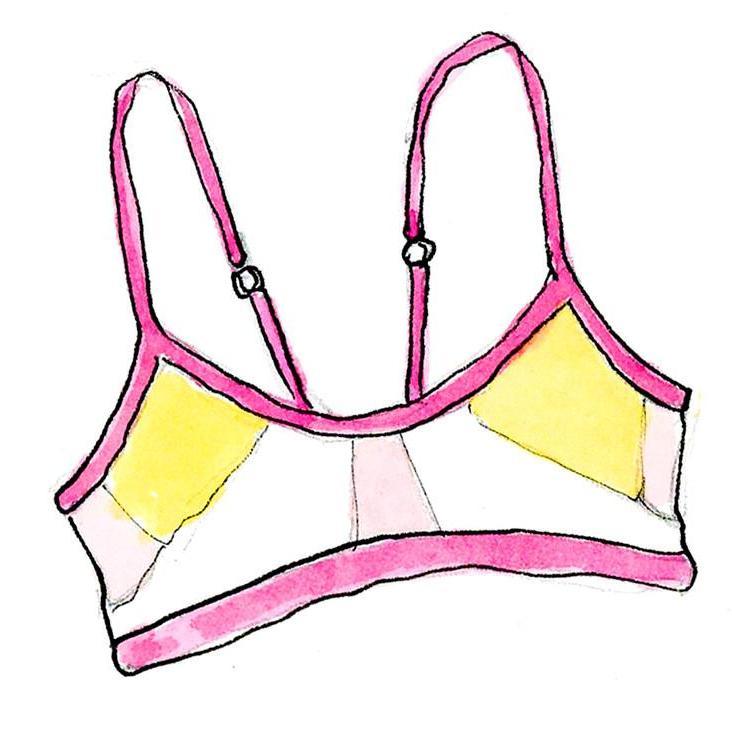We all know how critical high-quality sleep is to our wellbeing, and this is particularly true for teens and tweens who need more sleep to manage the trials and tribulations that come with growing up. As a mom, it is only natural to want the best for your child, especially when it comes to their comfort. However, if your teen or tween has sensory issues, finding the right tween loungewear can be tricky.
If you are facing challenges in finding a specific type of sleepwear, you have come to the right place! Read on for some of our top tips to ensure that your child can enjoy a great night's sleep in maximum comfort.
How Sleepwear Can Impact Sensory Issues
In order to understand why your child might be having difficulty when it comes to finding the right sleepwear, it is important to understand what sensory issues are. Sensory processing disorders (SPD) can affect how a person perceives and responds to sensations in their environment. This can range from feeling overwhelmed by too much noise or light to being unable to tolerate certain fabrics or textures.
For some kids, this can mean that they find certain types of sleepwear uncomfortable and even unwearable. This can result in a great deal of stress, anxiety, broken sleep, and discomfort for everyone involved.
Tips for Dealing With Sensory Issues When Choosing Sleepwear
Fortunately, there are steps you can take to help you manage sensory issues when choosing the perfect sleepwear and loungewear. These include:
Opting for Natural Fabrics
Natural fabrics, such as cotton, are much softer than synthetic materials and are less likely to irritate the skin. Look for sleepwear made from organic cotton or bamboo, which is even more gentle on the skin.
Natural fabrics also tend to be more breathable, and this can help to ensure your teen or tween stays cool and comfortable throughout the night. When balancing cost and quality in sleepwear and loungewear, you will likely find that natural fabrics tend to cost a little more but will pay dividends in terms of quality, longevity, and comfort.
Considering Color Carefully
Color can have an impact on the senses and may exacerbate sensory disorders. Some colors can be overstimulating for young people with sensory issues, so it is best to opt for softer shades, such as neutrals or pastels.
Removing Tags
Tags in clothing are an annoying sensation for most people, but for someone with sensory issues, it can be unbearable. Be sure to check your child’s sleepwear before they wear it and remove any tags to avoid any unwanted sensations–you can simply cut these out to avoid the issue.
Avoiding Seams
Prominent or awkward seams can be another source of irritation, as the feeling of them rubbing against the skin can be overstimulating for someone with sensory issues. Where possible, look for sleepwear items that have flat seams or are seamless, as this can help ensure a more comfortable night’s sleep.
In Conclusion
Suffering from sensory issues does not automatically have to mean a limited choice in sleepwear and loungewear–it is still possible for your teen or tween to enjoy an array of cute designs, colors, and detailing. By following the tips above, you will be able to make informed, confident choices to help your kiddo enjoy a calm and restorative night's sleep!









